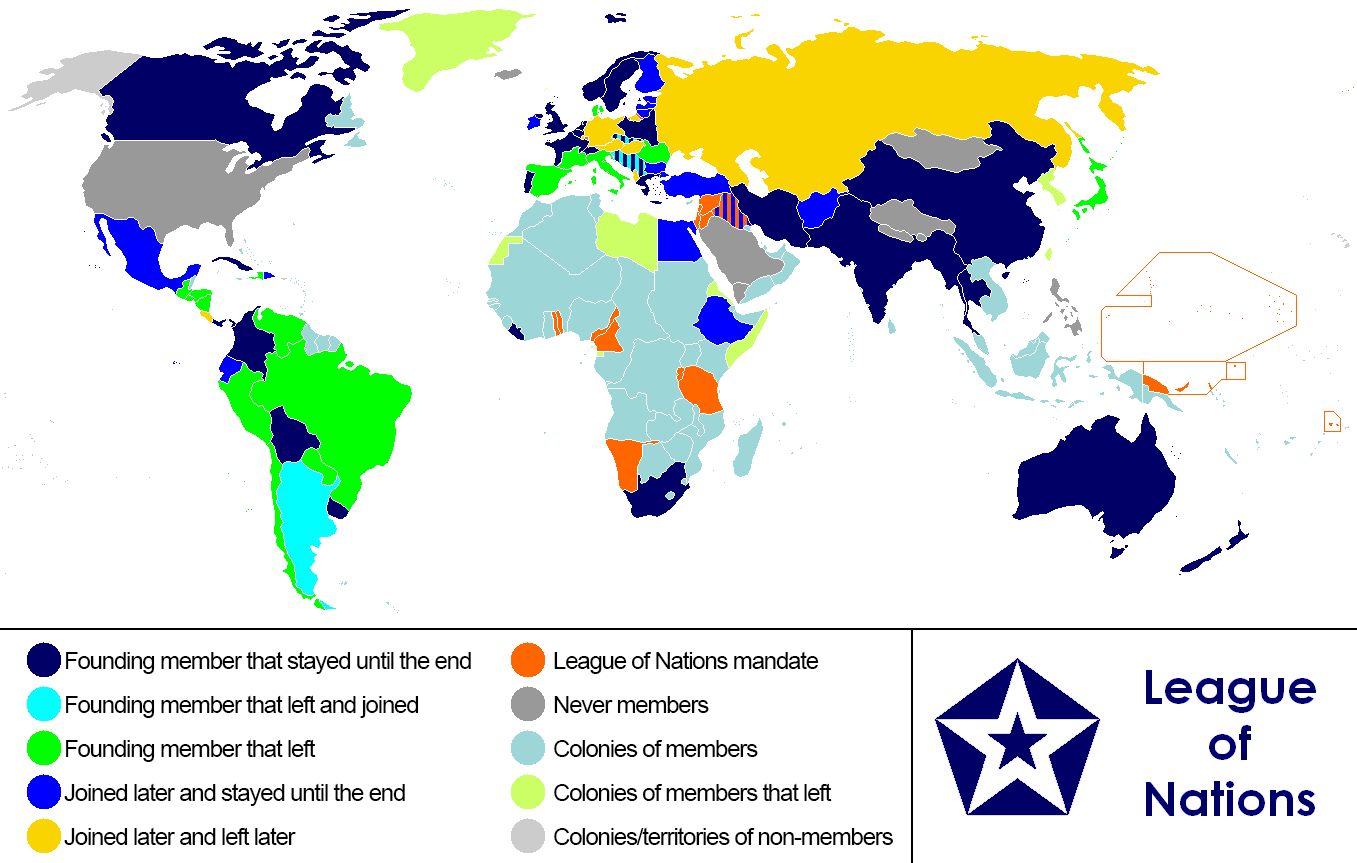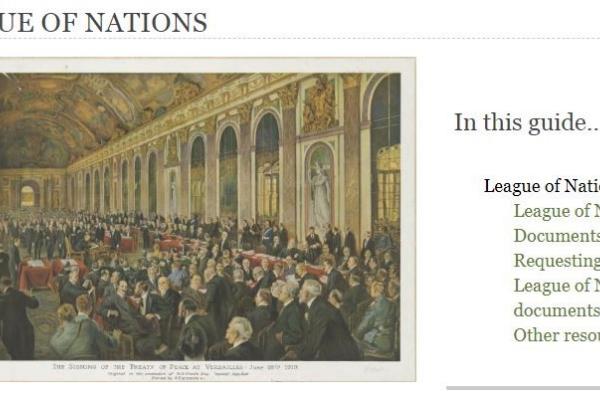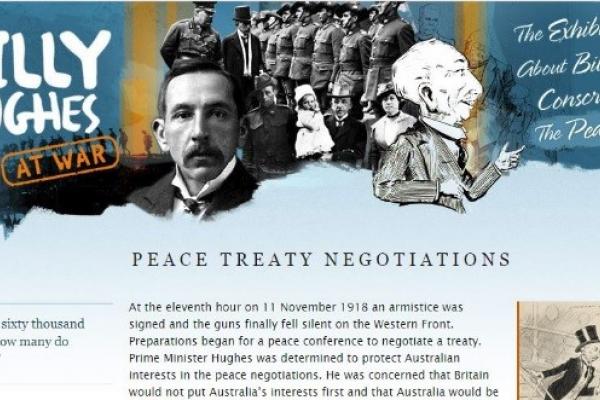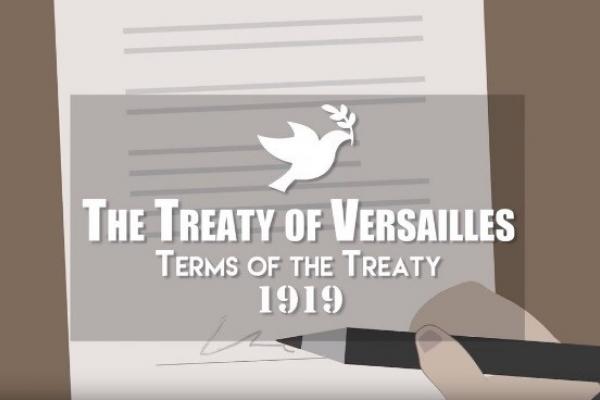
The League of Nations and the Treaty of Versailles
On 10 January 1920 the Treaty of Versailles came into effect and the League of Nations was officially established.
Following the devastation of World War I, many people believed that it was important to establish an international organisation that could promote peace and cooperation and help prevent future wars.
The Treaty of Versailles was signed by representatives of 32 nations at end of the Paris Peace Conference in 1919. In addition to setting out the conditions for peace, the Treaty of Versailles established the League of Nations into “in order to promote international co-operation and to achieve international peace and security” with the aim of preventing any future world war. However, by the end of 1939, World War II had begun.
Australia was a signatory of the Treaty of Versailles and a founding member of the League of Nations. The League of Nations is considered the precursor to the United Nations. It was dissolved in 1946.






